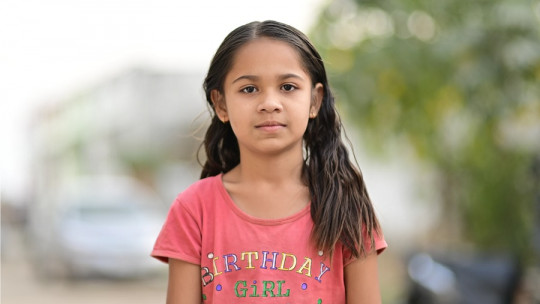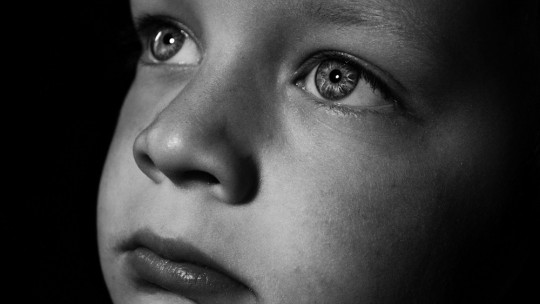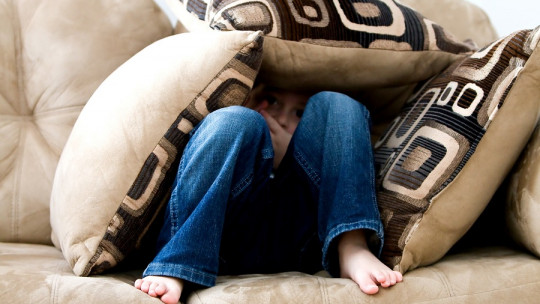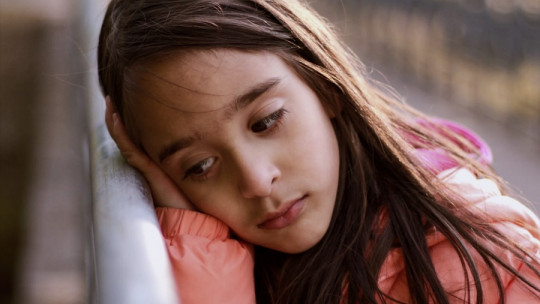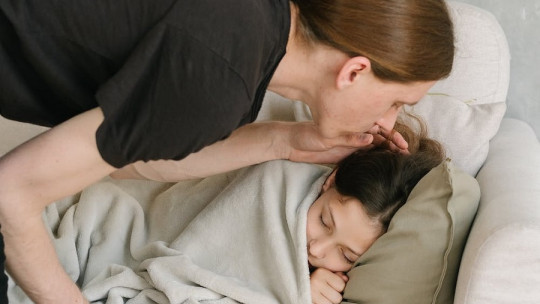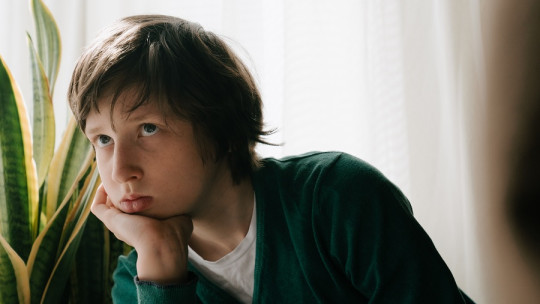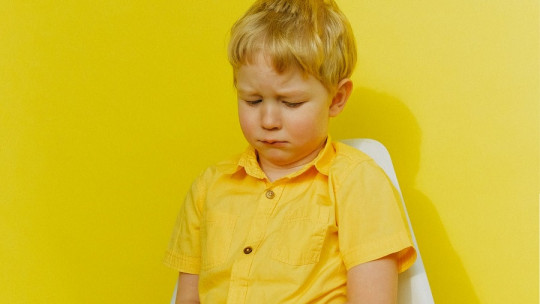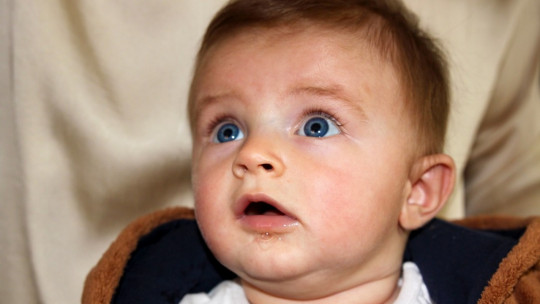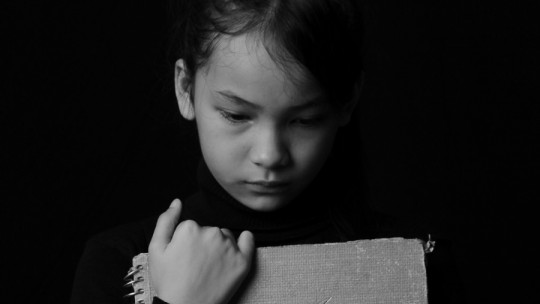
We understand phobia as an intense rejection of a stimulus that is linked to discomfort and alteration in the subject’s functionality. In this way, it is necessary to distinguish phobia from fear, since the latter is an adaptive reaction to certain stimuli or situations.
Although phobias can appear at any age, there are some that arise more frequently in a vital period or age. Most phobias or anxiety disorders require meeting criteria for 6 months, although in some cases we will see that this time frame is shorter.
Thus, some of the phobias that most commonly occur at school age They are the phobia of animals, which can refer to different species; phobia of the dentist, which usually appears at age 12; separation anxiety (fear of losing or separating from the attachment figure); social phobia (fear of being judged or observed by others); school phobia (fear of attending school); the phobia of blood; and the phobia of the dark.
In this article we will talk about the distinction between phobia and fear, the phobias that appear most frequently at school age and what their main characteristics are.
What do we understand by phobia?
Before talking about the different types of phobias, it is necessary to know what this term refers to, what it entails. A phobia is an intense rejection of a stimulus, this aversive sensation It is related to anxiety referred to as an anticipatory response towards a future threat, that is, towards an event that may or may not appear. We will consider this phobia or anxiety pathological when it affects the functionality of the subject who presents it.
On the contrary, fear is an adaptive and functional reaction, it makes the individual remain alert in the face of an imminent threat, whether real or imagined. Thus, During childhood, some fears appear that are considered evolutionary and that they appear more frequently at certain ages.
What are the most common phobias in boys and girls during the school period?
Now that we know the main differences between fear and phobia, we must keep in mind that not all fears that arise in childhood are dysfunctional and it is necessary to assess the degree of affectation to consider it a phobia. In the same way, we must also assess the temporality and observe its presence for 6 months or more.
During childhood, the most frequently observed anxiety disorder is specific phobia, where anxiety or discomfort is directed towards a specific stimulus, it can be an animal, a situation, a type of environment or linked to blood or wounds. For its part, during adolescence it is more common to observe generalized anxiety disorder, social phobia or panic disorder.
Even so, each case is unique, for this reason, a child may develop an anxiety disorder other than a specific phobia or an adolescent may show a specific phobia for the first time. We have seen that within phobias there are different categories, let’s see which are the most common at each age.
1. Animal phobia
Animal phobia, also known as zoophobia, tends to occur after the age of 7, being the specific phobia that appears earliest. The feared animal can be anyone, with specific names depending on which one it is. For example, we can talk about cynophobia if the phobia is of dogs, ailurophobia if it is of cats, or the more well-known arachnophobia to refer to the phobia of spiders.
The reactions that cause this type of phobia can be different: from agitation, need to escape, increased heart rate, increased breathing, belly pain. Likewise, we will also see that in the presence or possible presence of the animal, it appears hypervigilant and increases its attention towards the feared stimulus.
As with other mental disorders, the cause of appearance is partly linked to genetic predispositions; It has been observed that parents with this type of phobia increase the risk that their children will also show it; and environmental factors such as bad experiences that the child may have had with the animal or imitation of the behavior of an adult.
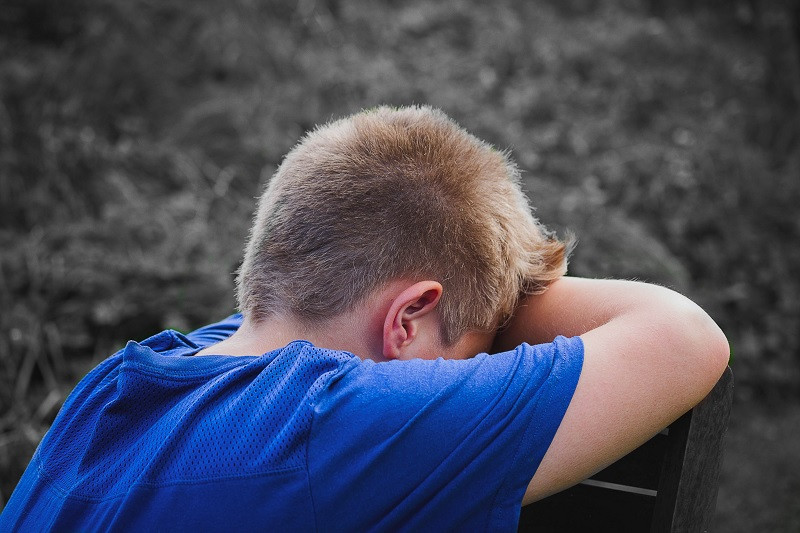
2. Blood phobia
Blood phobia, also called hematophobia, usually appears at the age of 9, characterized by fear of blood or other stimuli that are linked to it such as wounds. This phobia is special or presents a feature different from the others, the subject when faced with the phobic stimulus shows a vasovagal pattern or biphasic response, where first an increase in body tension and activation is observed, followed by a fainting and loss of consciousness.
In this way, we can talk about different types of symptoms or reactions, some will appear in the first phase, the increase, and others in the decrease phase. In the period of increase, the most typical sign is the increase in the speed of the heartbeat and blood pressure; On the other hand, in the descent phase we can observe dizziness, increased sweating, paleness… Signs that can lead to fainting.
3. Dental phobia
Dental phobia, also known as dental phobia or odontophobia, usually appears from the age of 12 Anxiety arises when you go to the dentist or when you think about him. The most frequent symptoms are similar to those observed in other phobias, trying to avoid the stimulus, for this reason they do not go to the dentist despite having the need to do so.
Likewise, they may also feel hypersensitive to pain, feeling more damage and a sensation of suffocation, especially when the dentist proceeds to insert an instrument into the mouth or inspect it.
4. Separation anxiety disorder
Separation anxiety disorder is described as phobia of separating from home or attachment figure, usually mother and father This anxiety usually occurs at 9 years of age as the average age of onset, showing different symptoms such as excessive worry about the loss of the linked figure, intense discomfort in the face of separation or anticipation of separation, resistance to going to school or any other place or affectations. physical such as headache or vomiting, among others.
Unlike most anxiety disorders, this condition requires compliance with minimum criteria for 4 weeks.
5. School phobia
There are authors who believe that school phobia is a manifestation of separation anxiety disorder, since it shows reluctance to separate and go to school, but there are other authors who point out the distinction between the two disorders. Thus, we define school phobia as a very intense fear of going or staying at school, showing a rejection of school and multiple absences from attendance. In this case the time criterion is two weeks.
It is necessary to make the distinction between school phobia (where the child is anxious about attending school and his parents disagree with his behavior and want him to go), school dropout (in this situation the child’s behavior is not as important as that of the the parents, who allow or decide that the child does not go), and bullies (in this case the child does not go to school, but it is not due to the presence of anxiety or phobia).
6. Social phobia
Social phobia usually appears at age 6, although this is the average age ; That is, it is also possible that it occurs in younger or older children. This anxiety disorder is described as an intense and persistent fear of being judged or observed by other subjects. This anxiety has an impact on the individual’s life, and can refer to any social situation or specific situations where the subject must act in front of another person or group of people.
It is important not to confuse this phobia with shyness, since the latter is not considered a pathology, it is a normal personality trait and does not affect the functionality of the individual.
- You may be interested: “Social phobia: what is it and how to overcome it?”
7. Phobia of the dark
The fear of the dark is an evolutionary fear and It usually appears from approximately two and a half to six years of age ; At these ages we will not consider it a phobia unless it is excessively intense. This fear tends to disappear, but if it continues to appear at advanced ages, affecting the subject’s functionality, we can classify it as a phobia. This phenomenon as psychopathology is usually linked to a traumatic experience related to darkness.
The symptoms present in this phobia can be: need to sleep with the light on, panic attacks (palpitations, feeling of suffocation, sweating, tremors…) linked to the fear of the dark, nightmares and problems sleeping, physical symptoms (nausea). , vomiting, stomach pain…) and avoidance and inability to sleep alone or be alone in a dark place.
Are you looking for child and adolescent therapy services?
If you want to have psychological assistance for boys and girls, contact me.
My name is Desiree Infante I am a General Health Psychologist and neuropsychologist, and I offer therapy and counseling sessions for parents both in person and online.

